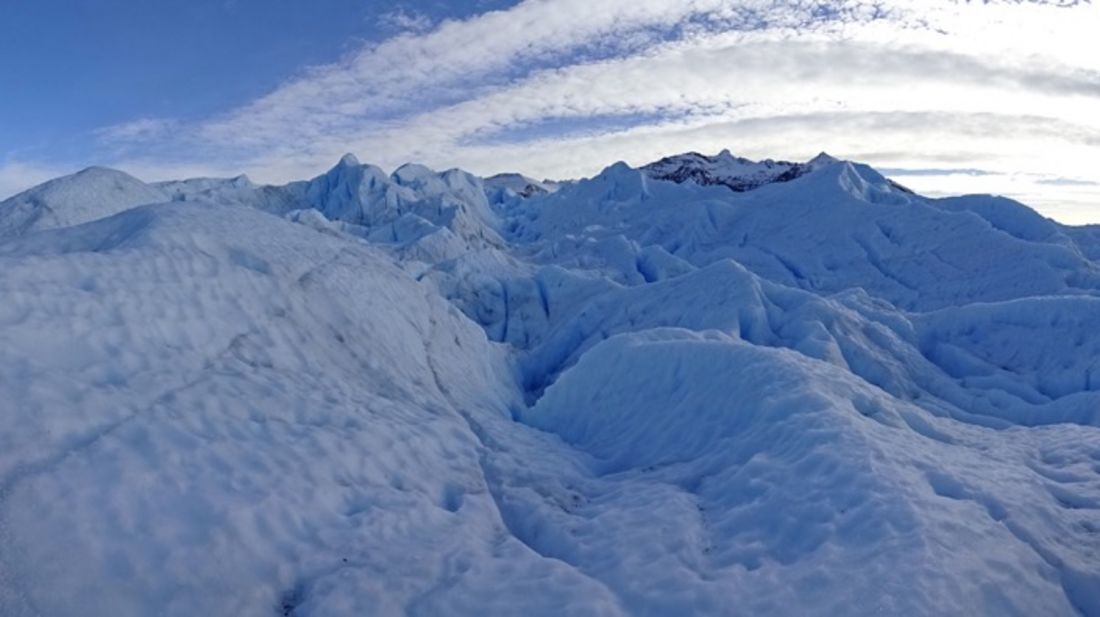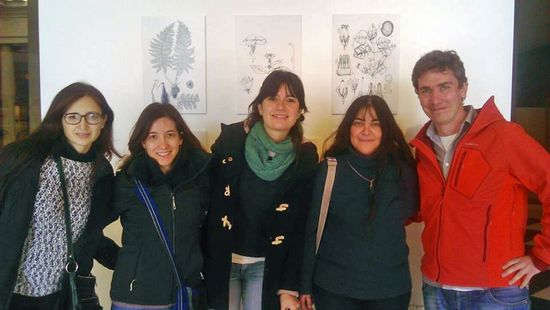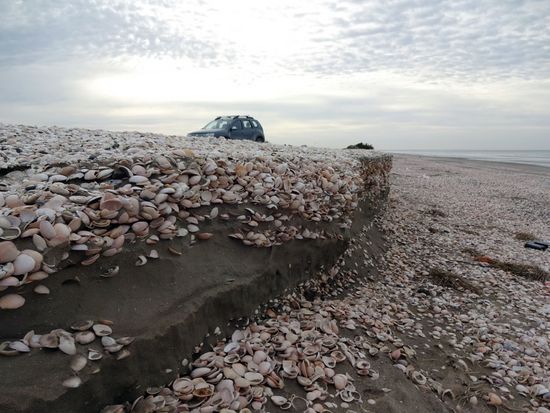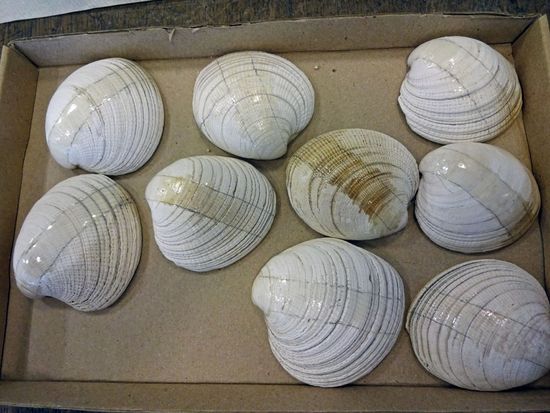Patagonian bivalve shells - unique archives of environmental and climatic change
Modern and fossil bivalve shells provide the opportunity to understand the climate of the past and therefore help us to anticipate future climate change and its impact on marine ecosystems. To do this, it is essential to understand and decipher the environmental information stored with the shell carbonate. This is exactly what we aimed to achieve during my three months at the CICTERRA (CONICET-UNC) institute at Córdoba, Argentina. Under the supervision of Sandra Gordillo, I had the great pleasure of being a part of the sclerochronological research group, which was complemented by Gabriella Boretto, Gisela Morán and M. Sol Bayer. Our target species was the marine bivalve Ameghinomya antiqua, which is frequently found along the Patagonian coast. This makes it a potentially important high latitude bio-archive for identifying important year-to-year and decadal ocean-atmosphere phenomena, such as El Niño-Southern Oscillation (ENSO) and of climate change in the temperate and sub-Antarctic coastal areas, which are highly sensitive to the impacts of climate change.

After a detailed revision of the shell material in the collection, I spent a great amount of time in the Laboratorio de Tratamiento Integral de Muestras Geológicas (LabGeo), trying to find an appropriate way to prepare shell cross-sections. Since biogenic carbonates are very fragile when cut with a geological rock saw, this turned out to be a rather challenging task. Thanks to the great help of Maximiliano "Pepón" Medina and Graciela Toledo, the two technicians at the LabGeo, we finally succeeded in preparing polished cross-sections, which then allowed us to count and measure the annual growth bands in the shell.
In May 2015 I also had the chance to join a one-week field trip with Sol Bayer to the Instituto de Biologia Marina y Pesquera Almirante Storni, National University of Comahue, San Antonio Oeste at the San Matías Gulf (SMG) in Argentina, where we visited Enrique Morsan and María Del Socorro Doldan. Besides discussing future projects on different long-lived specimens from the SMG we also spend two days in the field, collecting shell material and discussing different fossil outcrop conditions.
On a personal note, I would like to thank Doris Abele, Nancy Lange, Gerhard Kuhn and Thomas Brey (all AWI/IMCONet) for all their support that provided me with this great opportunity. Further, I would like to thank Sandra Gordillo and all scientists at the CICTERRA institute for their warm and friendly welcome and for making me feel at home over the entire three month visit. Last but not least, my biggest thank you goes to Sol Bayer and Diego Muñoz, who not only welcomed me into their home, but also provided help from the very first to the very last day and who made those three months an exceptional experience in my life.
Lars Beierlein




